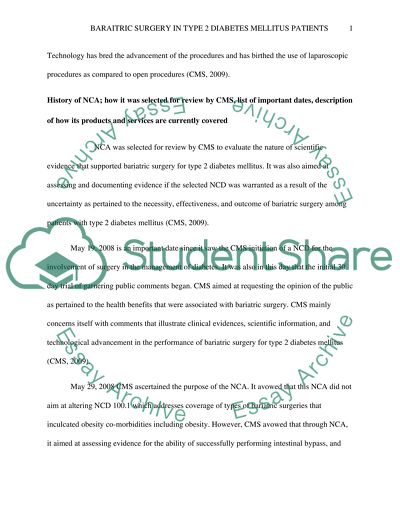Cite this document
(“Effectiveness of Bariatric Surgery in Type 2 Diabetes Mellitus Research Paper”, n.d.)
Effectiveness of Bariatric Surgery in Type 2 Diabetes Mellitus Research Paper. Retrieved from https://studentshare.org/health-sciences-medicine/1585105-effectiveness-of-bariatric-surgery-in-type-2-diabetes-mellitus-patients
Effectiveness of Bariatric Surgery in Type 2 Diabetes Mellitus Research Paper. Retrieved from https://studentshare.org/health-sciences-medicine/1585105-effectiveness-of-bariatric-surgery-in-type-2-diabetes-mellitus-patients
(Effectiveness of Bariatric Surgery in Type 2 Diabetes Mellitus Research Paper)
Effectiveness of Bariatric Surgery in Type 2 Diabetes Mellitus Research Paper. https://studentshare.org/health-sciences-medicine/1585105-effectiveness-of-bariatric-surgery-in-type-2-diabetes-mellitus-patients.
Effectiveness of Bariatric Surgery in Type 2 Diabetes Mellitus Research Paper. https://studentshare.org/health-sciences-medicine/1585105-effectiveness-of-bariatric-surgery-in-type-2-diabetes-mellitus-patients.
“Effectiveness of Bariatric Surgery in Type 2 Diabetes Mellitus Research Paper”, n.d. https://studentshare.org/health-sciences-medicine/1585105-effectiveness-of-bariatric-surgery-in-type-2-diabetes-mellitus-patients.


